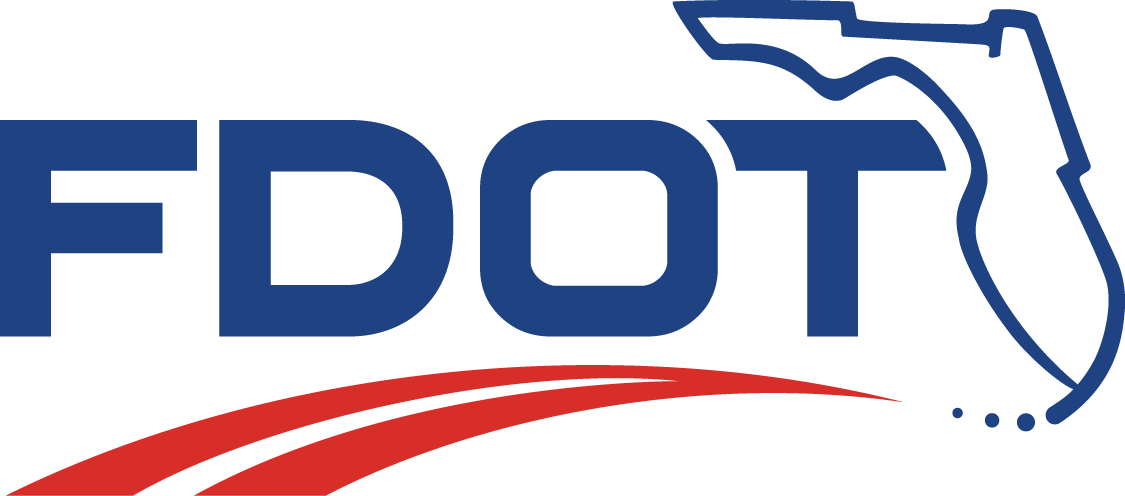As-Built Document Acceptance Testing
| ITSFM Home | New Users & Agencies | Standards | New Construction | Operations & Maintenance | Training |
| Contractor & Consultants | Construction, Engineering & Inspections |
| Roles & Responsibilities | Quality Assurance & Quality Control | As-Built Guidelines | As-Built Document Acceptance Testing |
| Feature Import Templates Testing | GPS Mapping Testing | ITSFM Attribute Forms Testing | As-built Plans Testing | Quality Audit Templates |
The CEI must verify that all contractor’s Feature Import Template deliverables include the following:
- The Microsoft Excel file
- Comma Separated Value (CSV) files containing the feature description for each tab
- Companion CSV files containing the ITSFM values in-place of the descriptions for each tab ready for import into the ITSFM database
How-to-Test Feature Import Templates
The following steps discuss the process for testing Feature Import Templates.
Step 1 - Audit Description Tabs
The CEI will audit the feature import template “Description Tabs” to determine data completeness, accuracy, and if any spreadsheet anomalies exist that may prevent the data from being populated in the ITSFM. The auditor will highlight fields containing errors. If the total number of errors result in a failing score, the CEI will return the marked-up file to the contractor for corrective action. The following is an example of a few errors that may occur:

| Color Code | Error Description |
|---|---|
| The feature type designator “CAB” is missing in the Site ID Name. | |
| The latitude and longitude values are reversed. | |
| The County is not correct. | |
| The installation date is missing. |
Note:
- The CEI will review the District’s “ITSFM Functional Requirements” in order to determine which feature’s attributes are required or optional. Only required attributes should be included in acceptance testing.
- Any deliverable containing a Latitude / Longitude error fails. The feature cannot be created with a bad or unknown location/coordinate. The entire file will be returned to the contractor for corrective action.
Step 2 - Audit Code Tabs
The CEI will audit the feature import template “Code tabs” to determine data completeness, accuracy and if any spreadsheet anomalies exist that may prevent the data from being populated in the ITSFM. The auditor will highlight fields containing errors. Any deliverable containing a code error fails; the CEI will return the marked-up file to the contractor for corrective action. The following is an example of a few errors that may occur:

| Color Code | Error Description |
|---|---|
| The equipment location ID is dissimilar to the other values. This example shows a data number instead of the location ID. | |
| Missing serial number. | |
| The #NA denotes a code error between the input variables and the Master Code List (MCL). There is a multitude of reasons this may occur. One of the most common is when a contractor manually inputs a Manufacturer or Model rather than picking from the dropdown menu or if the pasted data into a dropdown field overwrites the formulas. |
Note:
- Errors on the Code Tab will result in a failed ITSFM import attempt. The import process will be rejected at the first error and stop, then roll back to the beginning without importing any data.
Step 3 - Calculation Test Score
Calculate the test results based on maximum allowable errors.
- Determine the total fields to be tested by multiplying the total number of attribute columns by the total number of feature rows to be tested (For example 10 columns x10 rows = 100 fields to be tested).
- Determine the minimum correct fields required (For example 100 fields * 95% = 95 field).
- Determine the maximum allowable errors (100 tested fields – 95 minimum correct fields = 5 errors).

Upon completion of the acceptance test, the CEI will perform one of the following actions:
- Passing – submit passing deliverables to the FDOT project engineer with the recommendation for acceptance.
- Failing – return failing deliverables to the contractor for corrective action.

